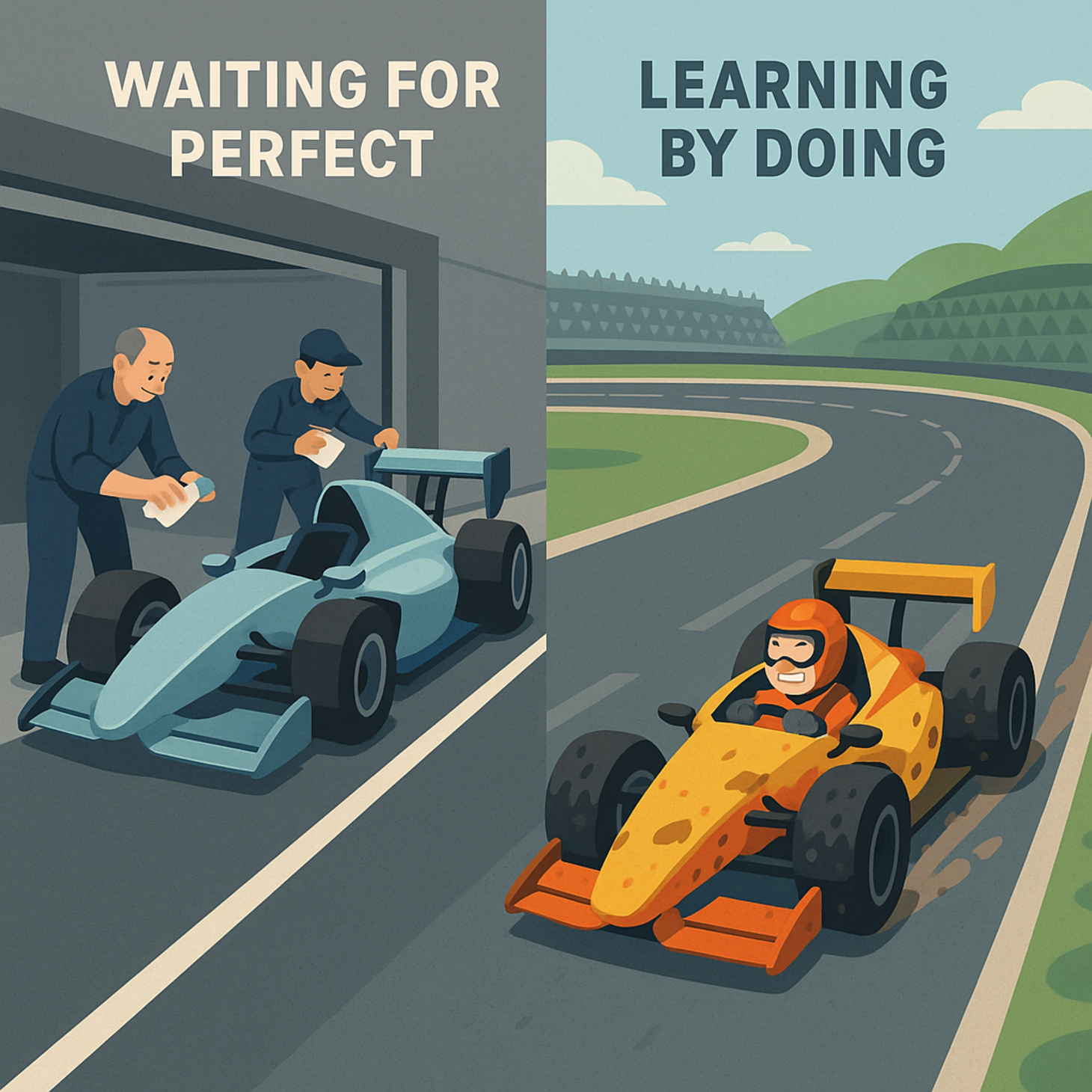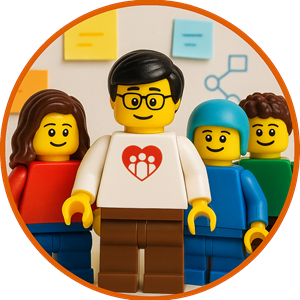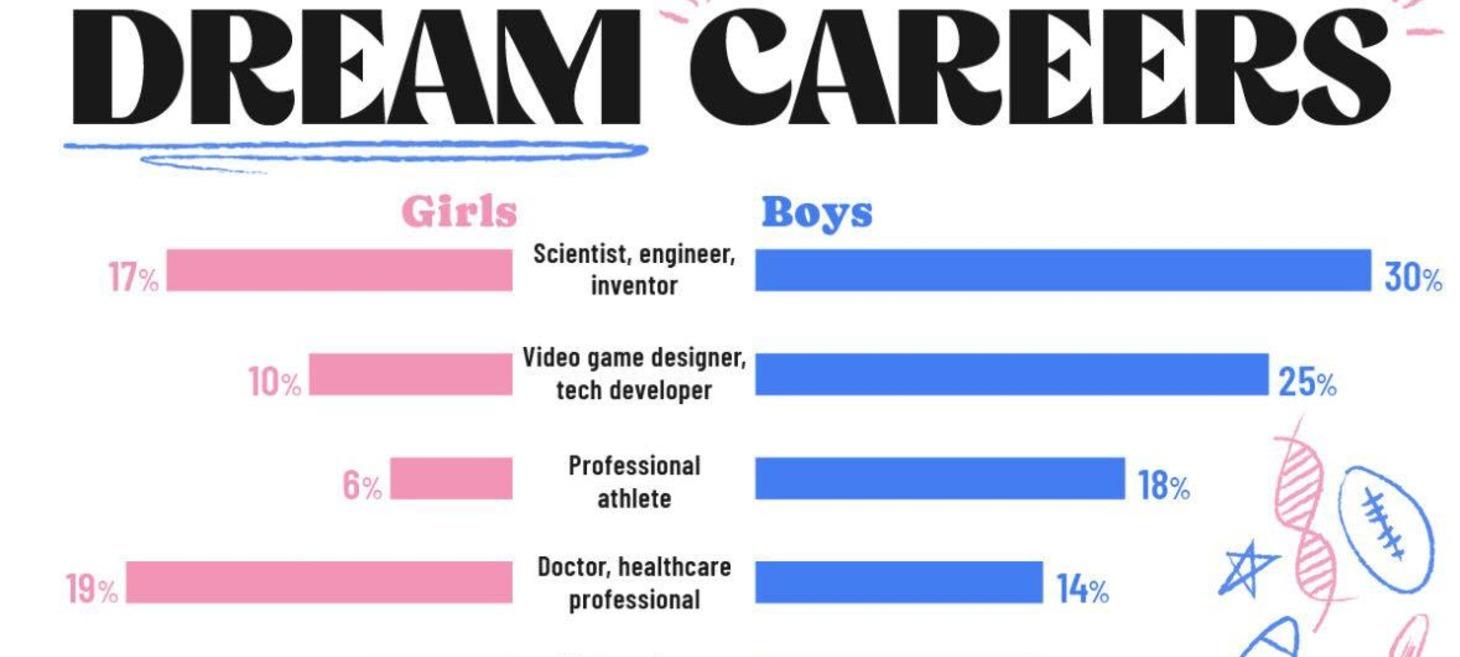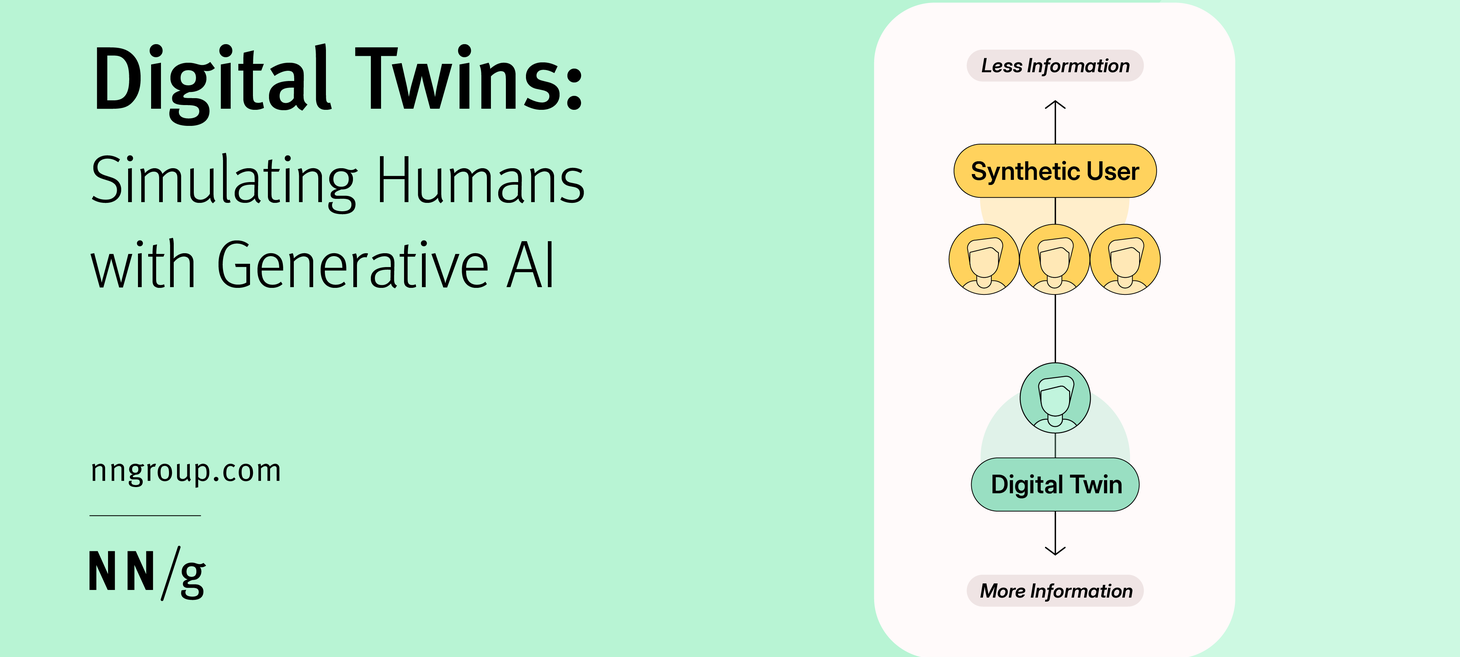 WELCOME
WELCOME

GPT-5: Lessons in Designerly Experimentation
When GPT-5 stumbled out of the gate a week ago, many said it was a failure. I saw a case study in experimentation at scale.
→ System 1 and System 2 thinking models, automatically selected. But it broke, making GPT-5 look dumber than GPT-4o.
→ Old models made a comeback. Users wanted the option to switch. And their older familiar models that worked.
→ The interface is changing to show which model is answering you: fast bot or the deep thinker.
You can’t innovate without a little public trial and error.
The takeaway for designers?
- Ship the thing.
- Watch how it behaves in the wild.
- Learn faster than you break.
Experimentation isn’t about being 100% right the first time, but it’s about iterating so you’re less wrong the next time.
That’s how GPT-5 (and our own projects) get better.
 PROMPT
PROMPT
Experimentation Prompts
Here are three designerly experimentation prompts: one to try by yourself, one with others and the third with AI:
By Yourself: Stop polishing. Start learning.
Pick one idea you’ve been overthinking. In 24 hrs, make the smallest version possible.
Capture:
- What you made
- What surprised you
- One takeaway
With Others: See your problem from someone else's perspective.
Choose a stuck problem. For 90 mins, swap roles: designers → PMs, PMs → users, etc. Prototype fast, then share:
- New questions?
- New perspectives?
With AI: Let the machine plan your mess.
“I’m exploring [describe idea, audience, and goal]. My main assumption is: [state it clearly, e.g., ‘small business owners want AI-generated social media posts’]. List 5 quick experiments (max 2 hrs, <$20) to validate or challenge this assumption. Format: Name (catchy), Steps (3–4 bullets), Expected learning (clear insight) Include at least 1 experiment that would disprove my assumption if the results are negative.”
 PEOPLE FIRST
PEOPLE FIRST

After 15 Months of Intense Criticism Over Its Updated App, Sonos’s New CEO Gave the Best Possible Response
Most companies say they value customer feedback. Fewer actually act on it. And almost none thank their critics—especially not when those critics are publicly questioning their leadership, design choices, and product strategy. But Sonos' new CEO, Tom Conrad did, showing that he understands something every great leader knows: Feedback, even when it’s hard to hear, is a gift.
 CURIOSITY
CURIOSITY

What do AI agents mean for the future of brands?
What does it take for brands to build more intimate interactions with their customers through AI agents and voice interactions?
Apps will soon be replaced by AI agents who will talk to all your apps on your behalf. Before too long, we will no longer need so many disconnected platforms and channels. This is because the AI agent will bring these elements together for us. It’s not hard to make the leap to a future where AI agents act as invisible assistants, seamlessly coordinating a myriad of tasks across channels and platforms.
 EMPATHY
EMPATHY

An AI Social Coach Is Teaching Empathy to People with Autism
A specialized chatbot named Noora is helping individuals with autism spectrum disorder practice their social skills on demand.
 VISUAL COMMUNICATION
VISUAL COMMUNICATION

Visualization: Generation Alpha’s Dream Careers, by Gender
Generation Alpha (those born from 2010 onward) will be the first cohort to grow up entirely in the 21st century, shaped by rapid technological change, global crises, and evolving ideas of work. This visualization sheds light on Gen Alpha’s dream careers revealing a broad mix of career aspirations among today’s teens - good to see some that thrive on designerly skills! My curious question: why is it sorted by boys?
Lyndon

Visual resume - Netflix style
Safinaz Elhadary turned her resume into a visual Netflix style site, using OpenAI and v0. See the tutorial.
 UX
UX

Digital Twins: Simulating Humans with Generative AI
A digital twin is a genAI-based model of a particular individual that can be used to predict both individual and population-level preferences and behaviors. The UX community has a responsibility to address issues of transparency, privacy, and fairness. Used thoughtfully, digital twins could complement traditional methods and extend the reach of UX research into new, faster, and more adaptive territory — but only if we proceed with care and clarity about their limitations.
